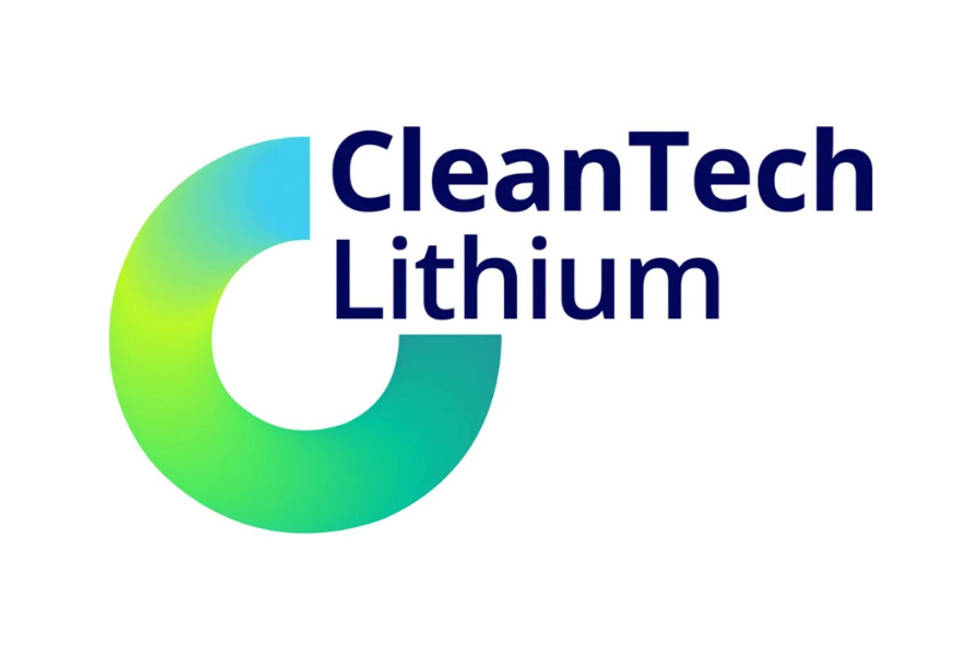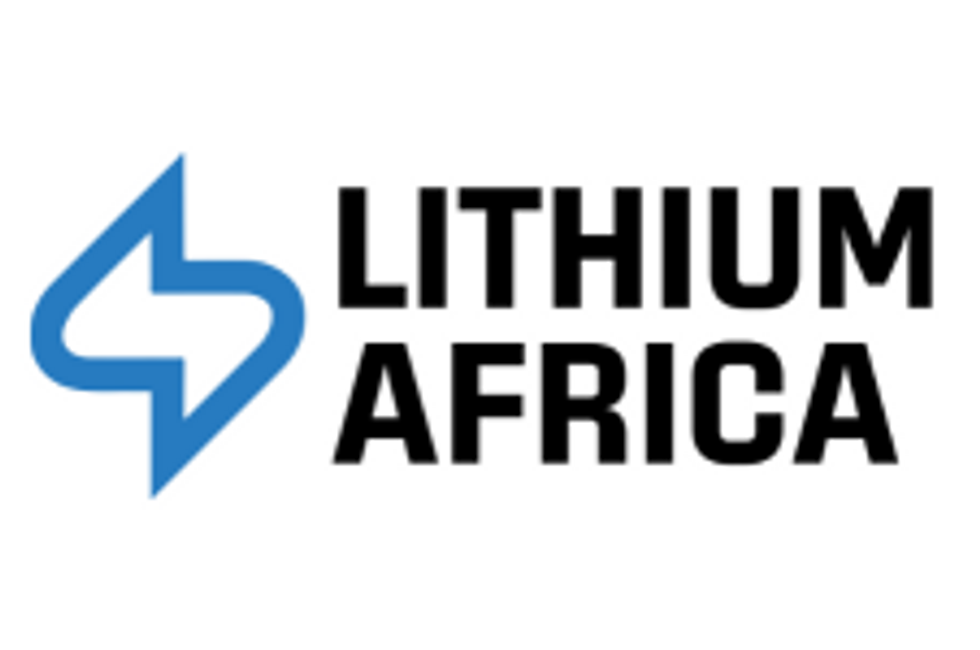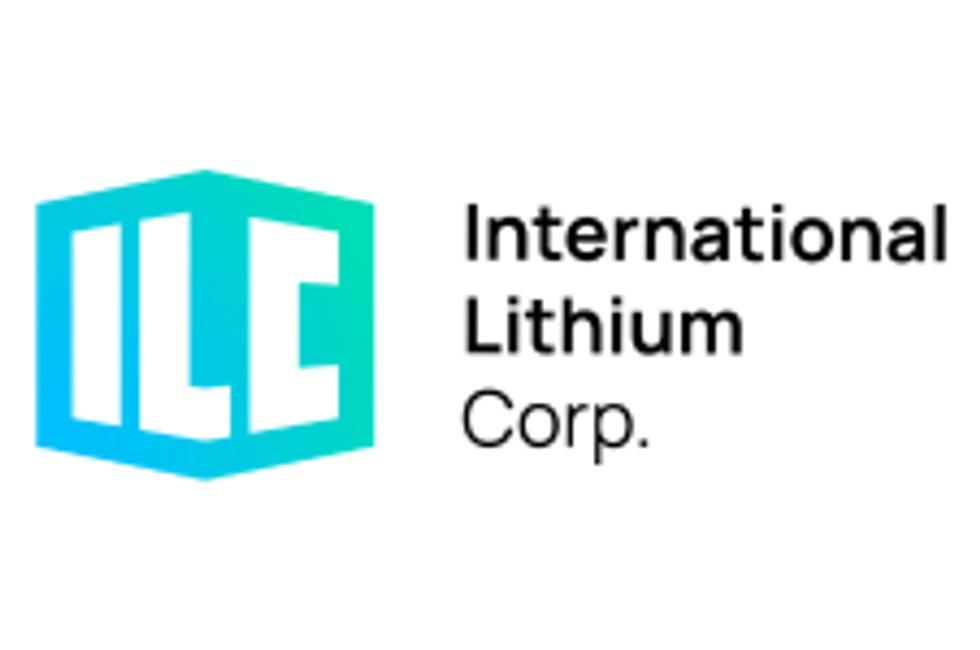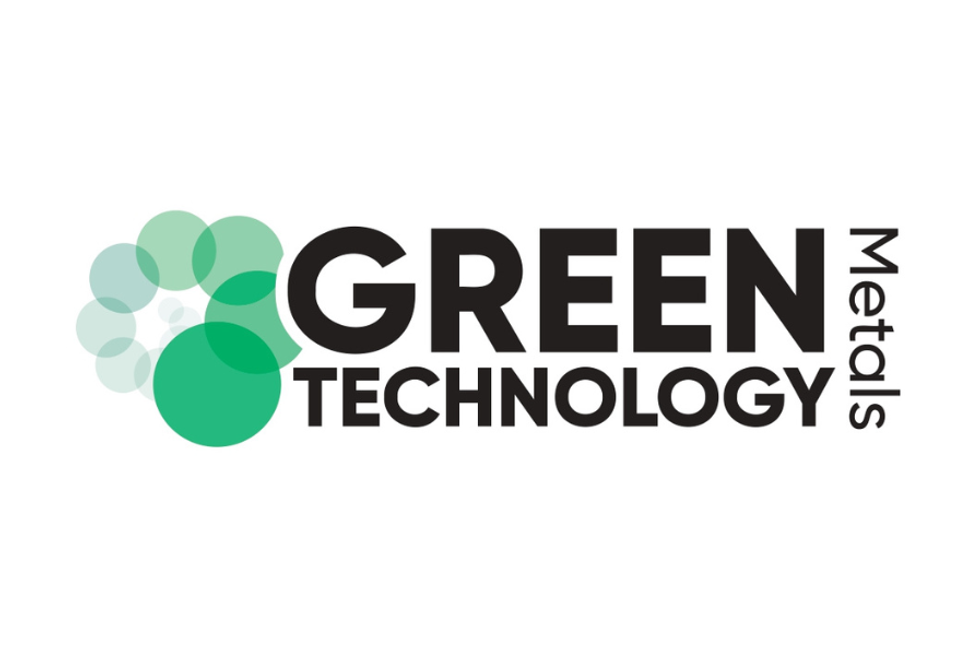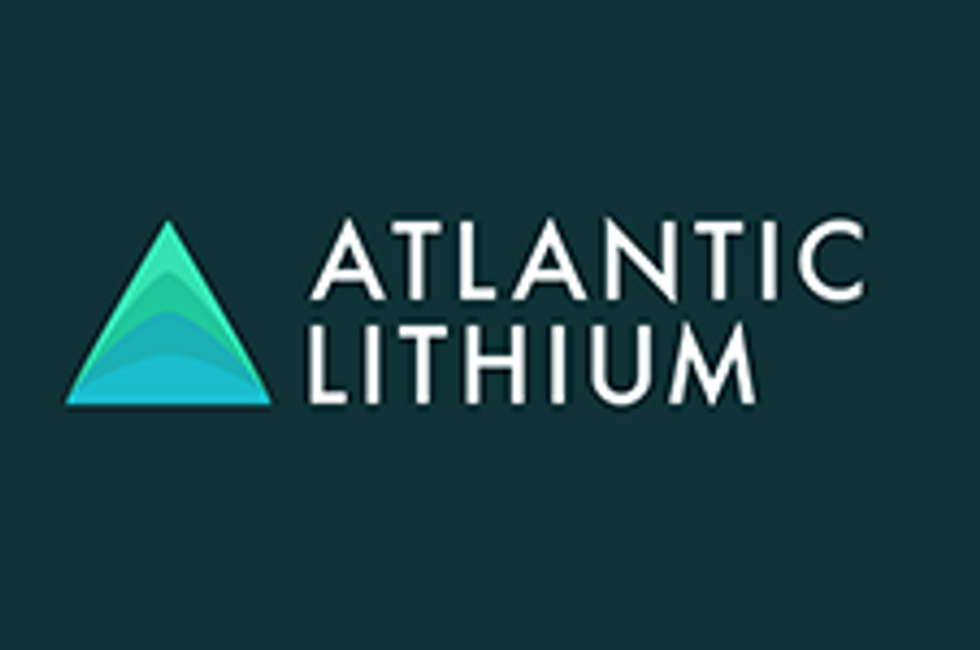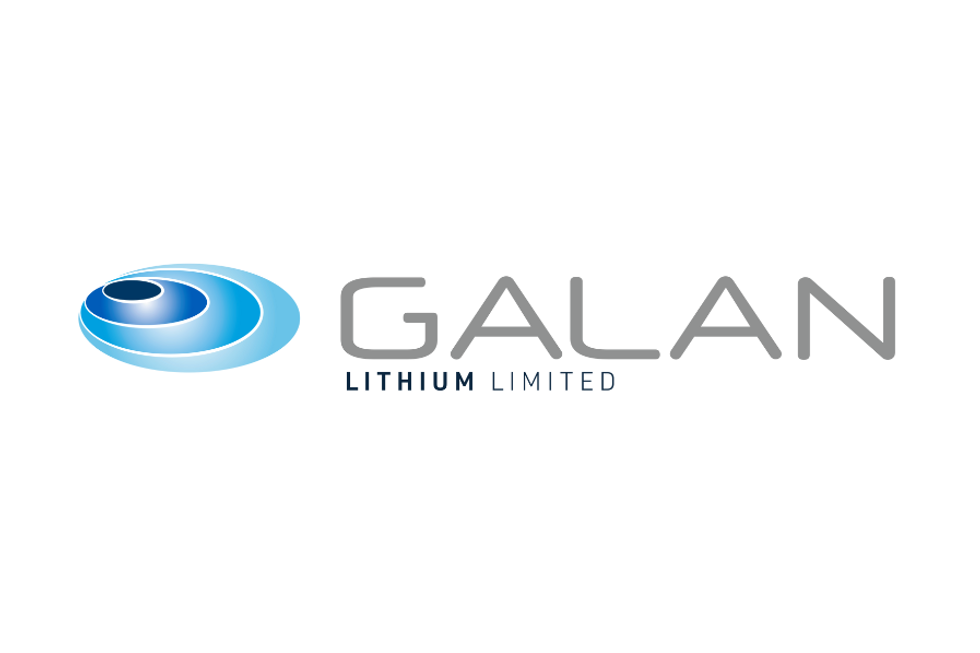5 Trends to Watch as Europe Builds Out its Lithium-ion Supply Chain
Experts discussed key themes in Europe's battery raw materials space at the Battery Gigafactories Europe event, hosted by Benchmark Mineral Intelligence.

Europe has been making moves to continue building out its regional lithium-ion supply chain as it seeks to meet its climate goals and reduce dependency on other countries.
In March, the EU launched its long-awaited Critical Raw Materials Act to strengthen its supply chain resilience, setting targets for extraction, processing and recycling, as well as how much of its critical metals can come from sources outside the bloc.
Also last month, European Commission President Ursula von der Leyen and US President Joe Biden were said to be working on a possible critical raw materials deal. If it goes through, the agreement could see electric vehicles (EVs) made with critical minerals extracted or processed in the EU qualify for US green subsidies.
At this year’s Benchmark Mineral Intelligence Battery Gigafactories Europe event, held in Budapest from March 28 to 29, analysts, executives and market participants discussed the main trends in the region when it comes to the lithium-ion battery market.
Here the Investing News Network looks at five themes in the battery raw materials space that could impact the region.
1. Battery raw materials supply cliff on the horizon
As the world shifts from fossil fuels to greener sources of energy, the race is on to secure the critical minerals needed for the energy transition. But Europe has a lot of catching up to do when it comes to its lithium-ion battery supply chain.
Benchmark Mineral Intelligence CEO Simon Moores said at the conference that a battery raw materials cliff is on the horizon before 2030. “The trend is the same across all critical materials. More investment in mining is needed,” he told the audience in Budapest. “Lithium-ion is a generational mega trend.”
To reach net-zero targets, growth in lithium-ion batteries needs to double its pace through 2040. As a result, the need for raw materials such as lithium and cobalt will grow significantly. With that in mind, Europe released its Critical Raw Materials Act to reduce its supply chain vulnerabilities and ensure access to secure and sustainable supply of critical raw materials.
“At its core, the Critical Raw Materials Act recognizes that mining is absolutely crucial to the digital and green transitions,” Rio Tinto’s (ASX:RIO,LSE:RIO,NYSE:RIO) Colin Murphy said. “But to meet its objectives, Europe must utilize all the options available — it needs to recycle more, mine more of its own deposits and import more.”
2. Partnerships throughout the supply chain will be key
When it comes to lithium supply, Europe will see demand rise from 100,000 metric tons (MT) of lithium carbonate equivalent in 2020 to 550,000 MT by 2030, according to Allkem’s (ASX:AKE,OTC Pink:OROCF) Christian Barbier.
“Production of lithium in Europe is virtually non-existent,” said Barbier, who is the company's chief sales and marketing officer. “Forecasts predict that by 2030 local lithium supply will only reach about 36,000 (MT) of lithium carbonate equivalent … Europe will need to rely on overseas supply amidst a tightening global supply/demand balance.”
Giving a keynote presentation at the event, Livent (NYSE:LTHM) Chief Strategy Officer Sarah Maryssael said supply chains are going to be designed differently across jurisdictions and metals, but each step of the supply chain cannot be looked at in isolation.
“Companies on the value chain need to focus on their strengths and on building the right partnerships — between miners and refiners on the upstream, and (on the) midstream between cathode producers, cell suppliers and OEMs,” said Maryssael, who previously worked at Tesla (NASDAQ:TSLA) as a global supply manager of battery metals.
“To build scale, the industry will have to consolidate, and companies must focus on their strengths,” she added. “By trying to be truly vertically integrated or not realistic about our capabilities, we risk the criticality of getting this to market quickly.”
3. Policy still a key driver of the lithium-ion economy
In the past few months, geopolitics has taken the spotlight when it comes to the battery raw materials sector.
Europe has set targets for the region to mine 10 percent of the critical raw materials it consumes, with recycling adding a further 15 percent; it also wants to increase processing to 40 percent of its needs by 2030. Additionally, not more than 65 percent of the EU’s annual consumption of each strategic raw material at any relevant stage of processing should come from a single third country.
“This act will bring us closer to our climate ambitions. It will significantly improve the refining, processing and recycling of critical raw materials here in Europe,” the European Commission's von der Leyen said. “And we’re strengthening our cooperation with reliable trading partners globally to reduce the EU’s current dependencies on just one or a few countries.”
The European legislation follows the launch of the US Inflation Reduction Act, which requires automakers to have 50 percent of critical minerals used in EV batteries come from North America or US allies by 2024.
“Policy remains a real key driver of the lithium-ion industry,” Caspar Rawles, chief data officer at Benchmark Mineral Intelligence, said. “There's a lot of talk about competition and how the Inflation Reduction Act is perhaps going to impact European industry. But I think at the moment it seems that a lot of that new (lithium-ion cell production) capacity is not 'instead of' it's 'as well.'”
4. Investment uptick needs to be sustained
According to the EU, global investment in the green energy transition is set to triple by 2030 from US$1 trillion last year. The bloc estimates it will need 400 billion euros of investment a year to decarbonize and meet its target of net-zero emissions by 2050.
Speaking at the event, Ilka von Dalwigk of the European Battery Alliance and InnoEnergy said that permitting and a lack of finance are the main barriers in the upstream sector in Europe.
“There are a lot of projects that are still in waiting mode, ready to receive their approvals, and they do not have the certainty, and it will be more difficult to attract investors,” she said. “So it's like a vicious circle really holding this upstream capacity back in Europe.”
For the world to stay on track for the energy transition, the money and the thinking need to shift from the mid to low hundreds of millions of dollars into the early billions, Moores told the audience during a keynote presentation.
“The issue is it seems to be easier to raise money if you're a gigafactory than if you are a mine,’’ the CEO said. “At the moment, gigafactory investment is about three to four times the pace of the upstream.”
5. Sustainability remains critical
To reduce the world’s dependence on fossil fuels, mining raw materials critical to the energy transition will be key.
“People want the green transition and a greener future, but they don't understand that mining is needed to do that,” Rio Tinto’s Murphy said. “And most of all, they don't want it next door to where they live. The social license to operate is probably more important than having a good resource.”
Recycling is also set to play an important role for supply, with governments now responding to the need to develop recycling capacity at a policy level.
“As we see the growing role of recycled materials in reaching some of the supply and plugging some of those deficits that we're seeing, that will reduce some of the ESG risks that tend to be associated with the upstream,” Benchmark Mineral Intelligence Senior Analyst Sarah Colbourn said. “Whether it be concerns regarding water with lithium extraction, or human rights concerns with cobalt or deforestation with nickel.”
Don't forget to follow us @INN_Resource for real-time updates!
Securities Disclosure: I, Priscila Barrera, hold no direct investment interest in any company mentioned in this article.

